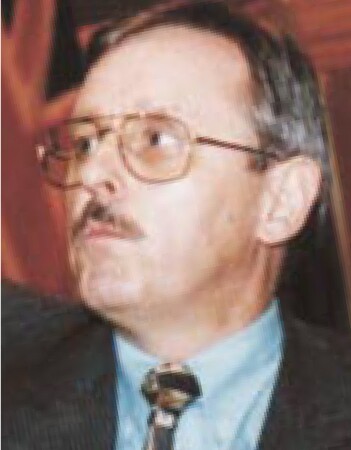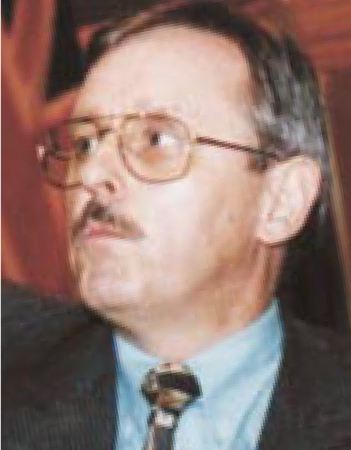Stirling to Head European Synchrotron
DOI: 10.1063/1.1349606
William Stirling, a physicist at the University of Liverpool in England, began a five-year stint this month as director general of the European Synchrotron Radiation Facility (ESRF) in Grenoble, France. He succeeds Yves Petroff, who has led the ESRF since before its first beam lines opened in 1994. Petroff is initially taking one year of sabbatical leave.
Leading the ESRF is a chance to help shape science, Stirling says. “It’s one of the most exciting jobs in Europe for a physical scientist.” He has worked in Grenoble before: from 1973 to 1987 at the neighboring Institute Laue Langevin’s high-flux neutron research reactor.
The ESRF has 16 member countries, whose annual dues provide the facility’s budget of Fr 420 million (about $55 million). “Over the last 10 years, the ESRF has been very successful at building and developing new beam lines,” says Stirling. “It is now a very fine machine indeed.” But that space is limited, he adds, “Almost everywhere you can put an instrument has been taken.”
A challenge now, he says, is how to keep developing the facility. In particular, Stirling will continue Petroff’s move to let scientists concentrate on their science, rather than on the mechanical details. For example, planned automation means that aligning a protein crystal will soon take seconds rather than minutes. Other aspects of data collection, such as powder diffraction, are also in line for automation.
The ESRF is used for research in physics, chemistry, materials science, and, increasingly, biology and medicine—for example, to do experiments on imaging human tissues. “Personally, as a physicist, I’m looking forward to getting to know more about the life sciences,” says Stirling. His research as a condensed matter physicist involves x-ray investigations of magnetic structures and phase transitions of magnetic materials.

STIRLING

More about the Authors
Lynley Hargreaves. American Center for Physics, One Physics Ellipse, College Park, Maryland 20740-3842, US .
